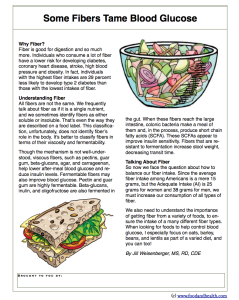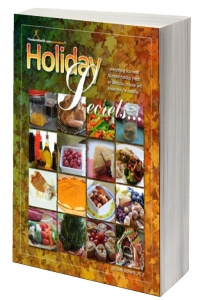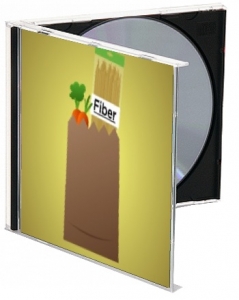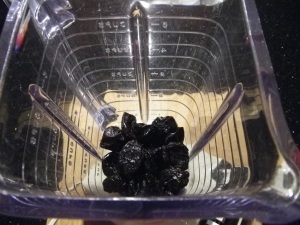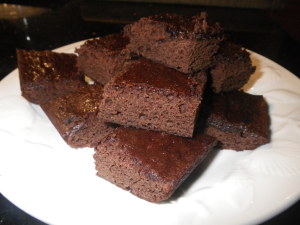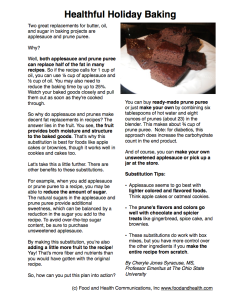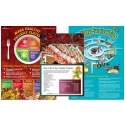Let’s talk about prunes.
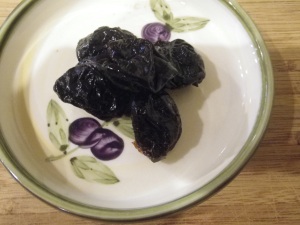 I know, I know! This is not a topic that most people would consider for dinner conversation. But I do have a few prune stories.
I know, I know! This is not a topic that most people would consider for dinner conversation. But I do have a few prune stories.
We’ll start with a trip I took. A couple years ago, my mom and my sisters and I went on a cruise. I took advantage of the room service and ordered a bowl of stewed prunes for breakfast every day. My middle sister (always the one who isn’t afraid to say anything) asked, “Why did you order prunes? Are you having problems?”
That seems to be the general consensus about prunes — they have a reputation related to bowel movement, laxatives, and/or as a remedy for other digestive “problems.”
No, I wasn’t having “problems.” I just like prunes and hadn’t thought about buying them at home.
So. That was story #1. Here’s story #2.
We were having dinner at a neighbor’s home and got into a discussion of new foods and favorite things to eat. She was excited to share a new product that she just loved to put in salads.
She showed me the package. They were “dried plum” pieces.
I had to laugh. Those are prunes! Rebranded, of course, but prunes! Once I told my friend what I knew, she thought for a few seconds and then laughed with me. What great marketing.
It seems that back in 2001, the plum growers got together and petitioned the FDA to change the name of their dried fruit. Their argument was that “dried plum” has a more positive connotation than “prune.” The goal was to modernize the product and remarket it as a healthful snack food, instead of something that grandma ate when she needed a laxative. I guess it worked, because my friend bought them!
Of course, I had to go looking for dried plums too. I was surprised to find that while some of the products were in fact called dried plums, most of the items I saw were still called prunes. There were even individually-wrapped dried plums that were marketed as easy-to-take-with you snacks.
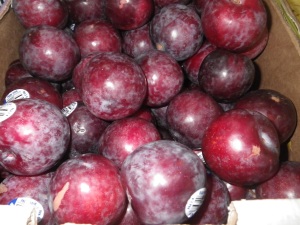 It’s interesting to note that the images on the packages of prunes are almost always pictures of fresh plums. You can see why they might choose plums instead of prunes. Just look at the photo above! Along with a bad image, prunes just aren’t very photogenic.
It’s interesting to note that the images on the packages of prunes are almost always pictures of fresh plums. You can see why they might choose plums instead of prunes. Just look at the photo above! Along with a bad image, prunes just aren’t very photogenic.
Now I’m not saying that dried plums don’t deserve their reputation as a laxative, because they do. A 1-cup serving of prunes has 12 grams of both soluble and insoluble dietary fiber. In other words, a 1-cup serving of prunes provides about 1/3 of the fiber that men need and almost half the amount that women need each day.
But then let’s not forget that prunes are dried fruit. That makes them a concentrated energy source. One cup of prunes or dried plums is loaded with 418 calories and 111 grams of total carbohydrates. They are also nutrient-dense, providing vitamins K and A, niacin, riboflavin, vitamin B-6, calcium, phosphorous, potassium, zinc, copper, and manganese. Prunes are virtual powerhouses of nutrients.
Too much of a good thing can lead to that previously-discussed “digestive side effect.” In addition to the fiber, it’s interesting to note that prunes are a natural source of the sugar alcohol sorbitol, which also has a natural laxative effect.
If you’re like me and just like prunes, or if you are looking for a healthful snack/way to increase your dietary fiber consumption, then the California Dried Plum Board says that you can safely eat up to 10-12 prunes a day. That’s a little more than ½ cup of dried fruit. If you’re not used to eating a diet high in fiber, start small — with just four or five prunes — to avoid any undesirable digestive side effects.
So what are you waiting for? Grab some dried plums today!
By Cheryle Jones Syracuse, MS, Professor Emeritus at The Ohio State University
Fiber is one of our favorite topics, so we’ve added a free handout to this post. Check out the guide to fiber and blood glucose and get your copy today! Originally, this page was only accessible to Communicating Food for Health subscribers, so if you like what you see, consider getting a membership.
It may come as no surprise that there are tons of educational materials about fiber in the store! Check out a few of the most popular options…



